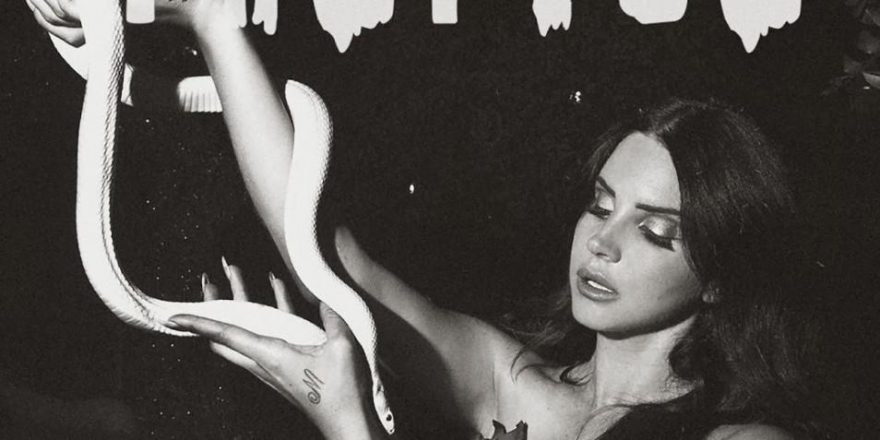I have been obsessively reading reviews of the movie Unfriended ever since last Thursday, when my friend and I were the lone filmgoers at its 11:00 a.m. showing. We’re both fanatical connoisseurs of the “terrible teen horror” genre — and with almost all of the film’s single-cut, found-footage action taking place via a six-way Skype chat and some supernatural Facebook messaging, Unfriended was a shoo-in for terribleness.
Of course, I loved it. There are some wildly silly blood-and-guts moments — death by blender! Death by curling iron! But some of Unfriended’s most anxiety-producing moments come in pretty novel ways, like computer alert sounds, or the way in which open tabs in Google Chrome obscure the video action in other scenes. It’s incredible how post-production turned these vapid teenagers’ mundane computer habits into the potential for real fright.
Most of the reviews I’ve read critique Unfriended in similar ways: It’s a novel idea for a horror movie, but fails to break new ground within the genre. The characters are too poorly fleshed out to evoke sympathy. It’s still pretty fun, though.
And that’s basically how I feel about the newest Blur album The Magic Whip. Like terrible teen horror movies, Blur has been a staple in my life since the mid ’90s. Obsessed with the Specials, thanks to early prodding from her cool parents, elementary school-aged Sadie claimed this band as her own incarnation of Two-Tone. A youthful crush on guitarist Graham Coxon seems to have had an impact on my taste in significant others. (My type is definitively “glasses.”) When I went through my first real breakup, 13 (1999) soundtracked it. My band has even covered Blur. At various points in my life, I’ve been just as enamored of frontman Damon Albarn’s many other projects, including Gorillaz, and his latest solo record, which I reviewed for this very website. I think it’s amazing how much Albarn accomplishes as a songwriter in just about every project to which he applies himself.
But this new Blur record — hmm. Just like Unfriended, it’s a novel idea that fails to break new ground. I’m skeptical of any album that requires a backstory as a cost of entry. And it’s pretty hard to divorce The Magic Whip from its context. It was recorded in five days while the members of Blur were in Hong Kong after a canceled festival performance. They hadn’t planned to make another record together. They played together and tracked live in a studio’s control room, resulting in a skeletal collection of loose jams. Some time later, Coxon began to tinker with the output from this session, bringing in Blur’s good-ol’-days producer Stephen Street (the Smiths, Morrissey, Kaiser Chiefs) to sift through the rubble. They pieced the whole thing together, presumably adding the myriad layers of sounds and noise that make the record so cohesive. Albarn added vocals. And thus, out of some hasty jams, a comeback record was assembled, Blur’s first album in 12 years.
What’s most magic about The Magic Whip is that these guys managed to whip together such a fully conceived collection of tracks from such a short session. Texturally, the results are astounding. The Magic Whip keeps consistent one aspect of Blur I’ve always admired: each of their albums sounds totally distinct. It also shows how much each member has grown musically since the group’s post-Think Tank (2003) disbandment. Alex James’ basslines weave back and forth from supporting role to center stage — on many of these songs, his melodies are the most memorable. In a short documentary about the making of the record, you can see drummer Dave Rowntree crouched into a control room corner, beating a consistent, robotic pattern onto a floor tom with some frayed Hot Rods. Part of his skill is in his restraint, which means his drums work very well with the loads of programmed percussion on this record. There are touches of old Blur smarminess here: the tongue-in-cheek “Lonesome Street,” which devolves into minor-key jazz progressions in between peppy upswings; and “Go Out,” which spends not a moment without tons of Coxon’s staticky, anti-anthemic guitars, reminiscent of the vacuum cleaner “solo” on 13’s “Bugman.” There are a few crooners: “Mirrorball,” a slow burner reminiscent of Chris Isaak, and “Thought I Was a Spaceman,” which retells international displacement over “Something Stupid”-esque guitars. “New World Towers” is a moody dirge but also culls from dubstep; Albarn’s contrasting vocal melodies and the instruments themselves seem to be at war through their interplay.
Jam-packing an uncountable quantity of ideas into every single song isn’t a new approach for Blur. My bigger criticism? Just like those vapid, Skype-ing teenagers from Unfriended, the characters here are too poorly fleshed-out to evoke empathy. And the characters, according to Albarn, are the members of Blur themselves. There is a somewhat gross theme of cultural misappropriation running throughout this record, like a Hemingwayesque travelogue so stoic it’s sociopathic. Scarcely a song goes by on The Magic Whip without exoticizing the location in which it was recorded — slow boats to Lan Tao in “Ong Ong,” a your sun/our sun dichotomy in the North Korea-inspired “Pyongyang,” a rattling-off of Kowloon, Po Lin and Hong Kong on the saxophone groover “Ghost Ship.” Blur starts to seem like what might’ve happened if Jimmy Buffett had fixated on East Asia instead of the Caribbean. It’s not too flattering.
The issues they choose to skirt up against are very, very real. There are allusions to overpopulation, sweatshop labor, dictatorships, sex trafficking, the ecological impacts of tech booms. The whole album opens with “What do you got mass-produced in somewhere hot?” There’s a heck of an entryway into discussing some of the actual problems affecting people in China and North Korea, both of which Albarn visited and from which he took lyrical inspiration. Yet the songs seem to wince at delving deeper, like an allergic person recoiling from a cat that has brushed against his leg.
Though he wrote this record just days after the late-2014 pro-democracy protests in Hong Kong, Albarn says, “I made sure everything was about us, how we felt, our relationship with each other.” So the real issues alluded to here are used solely as metaphors for the interpersonal and working relationships of four very wealthy white men. “I’m running out of heart here,” Albarn sings on “My Terracotta Heart.” “You are emoting and you’re dazed… is there something broke inside you?” The crux of the problem here is this treatment of emotion and tenderness as something broken, something ambivalence should replace. Whenever this record could make a statement of any kind, it just sort of rambles instead.
It’s not that I need Blur to make a political record — I don’t. It’s just that I didn’t expect Blur to make an album that is as cluelessly guilty of 21st-century Orientalism as Avril Lavigne’s “Hello Kitty.” Maybe I’m being a Blur apologist if I chalk this up to the extremely short time they spent in the studio, resulting in an intricately produced but still haphazardly assembled collection of compositions, with placeholder lyrics left intact. The members of Blur are probably already on to other projects, anyway.
But it is telling that the most memorable and singalong-able parts of this record are wordless — bass lines, la-las, oohs, ahhs and whistles. Maybe it’s because those parts don’t make me wince. Kind of like how the best parts of Unfriended were not the vapid dialogue — made up of “lol”s and ughhs and “STFU”s — but the remarkable feat of editing within which that vapidity was encased.









